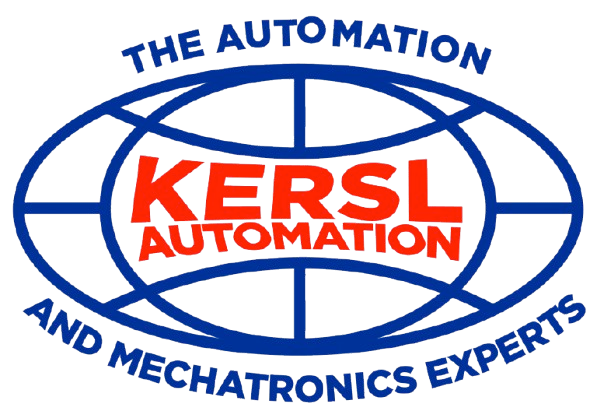Practical Electronics
Curriculum
- Be able to describe the operation of the diode; forward and reverse diode curves; Zener diodes; switching diodes, etc.
- Be able to use a multimeter to check the condition of a diode by checking the forward and reverse resistances
- Be able to design simple DC power supplies using half wave and full wave diode rectifications
- Be able to describe the operation of the bipolar junction transistor (BJT) as an amplifier; NPN and PNP transistors; common emitter, common base, and common collector configurations.
- Be able to explain common emitter transistor characteristics
- Be able to describe the operation of the transistor as a switch; OFF condition and SATURATED condition.
- Be able to use a multimeter to check the condition of a BJT by checking the forward and reverse resistances between the three leads.
- Be able to describe the basic characteristics of an operational amplifier (very high open loop gain, very high input impedance, single rail and double rail power supply configurations.
- Be able to describe the basic configurations of an operational amplifier (e.g., inverting, non-inverting, voltage follower, differential amplifier.
- Be able to describe practical operational amplifiers and configurations, including offset nulling, differential amplifier or analog subtractor, inverting analog adder or audio mixer, high pass and low pass filters, Wien-bridge sine wave oscillator, sine/square wave function generator.
- Understand the types of noise coupling (common mode and differential or normal mode noise)
- Be able to identify various noise sources (Variable frequency drive (VFD) motor cables, switch mode power supply conductors, fluorescent lights, squealing bearings, and other inductively coupled noise sources.
- Understand methods for reducing noise (e.g., shielded cables, twisted pair cables, signal isolation, differential measurements, anti-aliasing filters).
1. Be able to describe the ELVIS prototype board and how it works in conjunction with a laptop and dedicated software to function as various laboratory test instruments
2. Understand the ELVIS software and be able to use to make various measurements including:
- As an oscilloscope to measure frequency and voltage in electronic circuits.
- As a digital multimeter (DMM) to identify, test, and utilize resistors, capacitors, and inductors in the design of electronic circuits.
